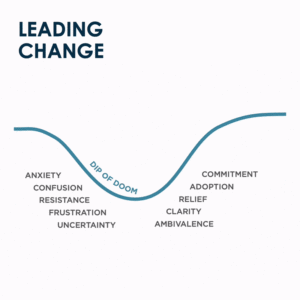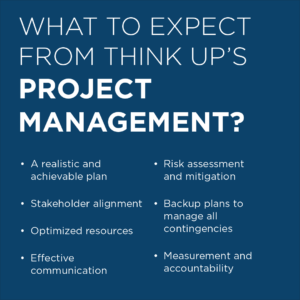In March, many organizations made the quick decision to switch to an entirely remote work approach in order to keep employees safe and comply with state-mandated social distancing orders. Now, as those orders are being lifted, companies have been navigating how to smartly and safely bring employees back into the office. Many organizations are adopting a hybrid approach, which prioritizes flexibility and mobility. Employees are no longer 100% remote or 100% in the office. Instead, they’re in the office on some days and working from home or other locations on others. Many organizations are even evaluating whether this hybrid approach is more than just a temporary situation. A mobile work style could easily become commonplace—and will most likely stick around in a post-COVID-19 world.
The hybrid approach of mobile working enables companies to begin centralizing their workforce again while providing solutions to many workers’ challenges. A flexible mobile work style may offer employees the autonomy to adapt their work schedule based on individual needs and preferences. It can help employees stay productive while balancing their work life and personal life. A hybrid approach where employees are in the office at least part of the time helps alleviate the isolation many employees have felt while working from home (change of scenery, anyone?), and it provides employees the opportunity to access tools and resources only available in the physical office.
Here are some simple ways organizations can make mobile working work for the whole team:
Self-Evaluate for Productivity
Everyone has different work preferences. Some of us are at our best in the morning, others later in the day. Some people prefer absolute quiet when they work, others enjoy music or the hum of office activities in the background. When working with team members to determine an optimal mobile working schedule, have them spend some time evaluating when they’re at their most productive. Things to consider include time of day, the environment, what they can hear, and personal factors like family needs.
Organize for Mobility
For mobile working to be an effective solution for both employers and employees, it requires individuals to be able to quickly and easily pick up and go. At an organizational level, companies can look for opportunities to go paperless so there are fewer documents for employees to tote around. Employees can identify what the bulk of their work entails and downsize materials to only the essential. A supply bag for power cords, headphones, and a mouse, or a caddy stocked with essentials like pens and Post-its are quick and easy ways to grab and go without constantly having to pack and unpack supplies—or worry about leaving something behind.
Deploy for Connectivity
Mobile working requires employees to have access to technology and resources that will keep them running smoothly from one work environment to the next. Technologies like newer laptops, cloud file sharing, internet phone service, and team collaboration software can enable employees to conduct business from virtually anywhere with a connection. Even simple resources like diverse workspaces (e.g. standing desks, collaborative spaces, solitary offices) provide an added benefit as employees can move within an office space to locations that better suit their needs.
As organizations navigate how to move forward while accounting for future uncertainties, making a plan for flexible and mobile working options is a smart way organizations can easily scale office activity up or down, support employee work/life balance, and encourage productivity. And that’s what we call a win-win-win situation.



